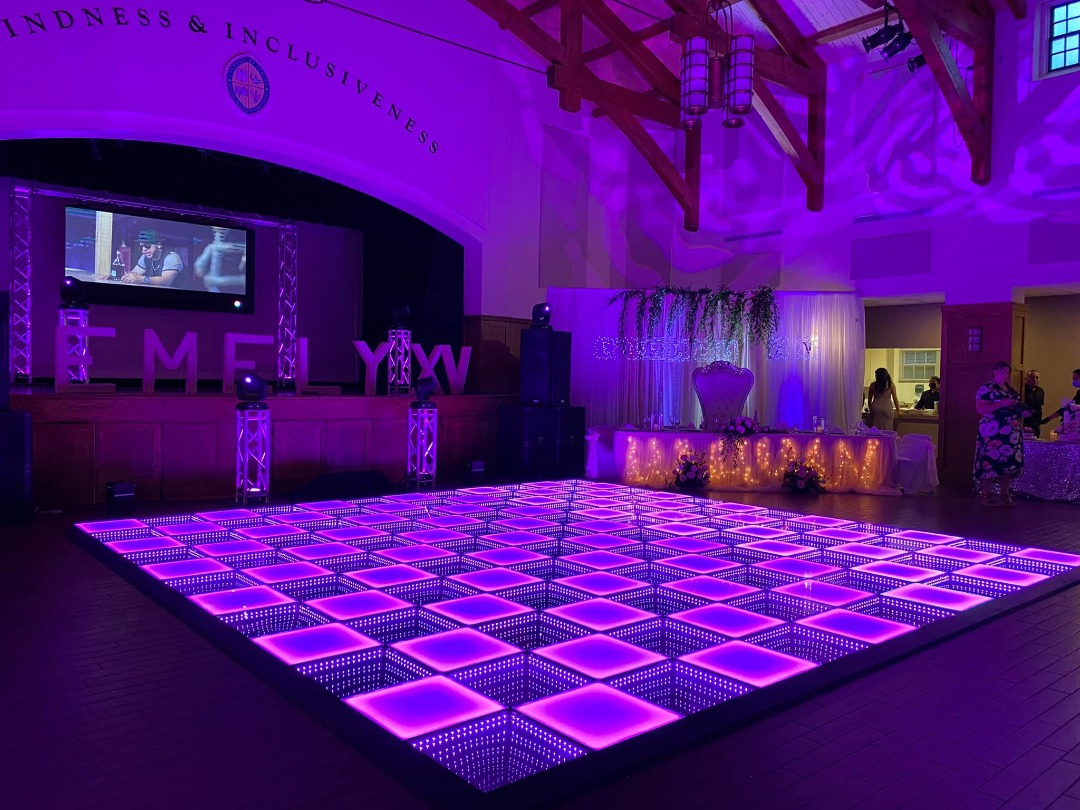Illuminating the Significance regarding Lighting to Guaranteeing Dancing Area Security
Wiki Article
Illumination plays a crucial role in guaranteeing the security of dancing areas, whether in a dance club, a local venue, or a educational gathering. Proper illumination helps to create a secure environment by allowing dancers to see their environment clearly. This visibility is essential for avoiding accidents, such as trips and collapses, which can occur on crowded or irregular surfaces. Additionally, effective lighting aids in making sure that all dancers are cognizant of their space and the individuals around them, minimizing the risk of collisions or other incidents on the dance floor.
One of the primary functions of lighting in a dance environment is to improve visibility. Bright and well-placed lights light up the floor, making it easier for dancers to move through their actions. This is especially important in settings where the floor may be packed or where different dance styles require various levels of space. When dancers can see where they are walking and how much room they have, they can dance with greater confidence and avoid potential hazards. For instance, a brightly illuminated floor allows dancers to identify spills or obstacles that could lead to risky situations.
Extra resources In addition to helping dancers see better, lighting can also contribute to the overall atmosphere of the event. While some dance venues may use low lighting for aesthetic purposes, it is crucial to strike a balance between ambiance and security. Flickering or strobing lights can disorient dancers, making it difficult for them to maintain their orientation. Therefore, incorporating soft, steady lighting with more intense spots in critical areas, like exits and pathways, can enhance both the vibe and security of the dance floor. This considerate approach encourages a vibrant but secure dancing experience.
Furthermore, it is important to take into account the types of lighting that are best suited for dance floors. Different light sources, such as light-emitting diodes, focused lights, and background lighting, can serve different purposes. LED lights are energy-efficient and can be set to create different hues and effects without sacrificing brightness. Spotlights can illuminate specific areas, such as a platform or a group performance, while ambient lighting sets the overall this link mood. By carefully selecting and positioning these lighting options, event coordinators can make sure that the dance floor stays a secure and pleasant space for all participants.
In conclusion, the importance of proper lighting in guaranteeing dance floor safety cannot be overstated. It not only provides the essential visibility for dancers to move freely and safely but also helps create an inviting environment that promotes participation. Event planners and venue managers must emphasize lighting design when planning dance events to minimize risks and enhance the complete experience. By doing so, they can foster a fun, energetic atmosphere while keeping safety at the forefront of their planning efforts.
